In Inji Efflatoun’s life, there were long talks of leaked dreams, where freedom plastered every tongue, and art dominated all conversations — Inji Efflatoun was a dreamer, an artist, and an activist: a rebel with a cause.
Efflatoun’s roots bear aristocracy and wealth; she was born into an upper-class French-speaking family in 1924. Her father, Hassan Efflatoun was a scientist who established a department of entomology at the Cairo University, and her mother, Sahla Efflatoun was an unusually independent woman for her day. Efflatoun’s parents divorced when she was a child, and her single mother, who inspired her, established Maison Sahla, a fashion and textile boutique in Cairo,.
From a young age, Efflatoun was sheltered into a life detached from Egyptian society, one that was deeply integrated in wealth and opulent in comfort.
She was enrolled at the College du Sacré-Coeur, a French Catholic school in Cairo that was famous for its discipline. The school’s rigid system and strictiness fueled her first steps towards rebellion, and she later transferred to the Lycée Français du Caire, a prestigious secular French school in Cairo. There, Efflatoun was introduced to political philosophy, learning of Jean-Jacques Rousseau, Voltaire and the French Revolution, and Marxism.
After graduating from school, Efflatoun attended the Faculty of Arts at Cairo University, and she was among the first female students to attend.
She began her art training with activist, painter, and filmmaker Kamel el-Telmissany. El-Telmissany signed the ‘Long Live Degenerate Art’ manifesto in 1938 and became the co-founder of the leftist Communist and anti-imperialist ‘Art & Liberty’ surrealist collective in 1939 that lasted until 1945.
In 1942, Efflatoun joined Iskra, an Egyptian communist group. The group discussed colonialism, class elimination, emancipation of women, and many other issues that would later become important causes in Efflatoun’s life and art. She began seeing art as a form of liberation, and Marxist theory inspired Efflatoun to reject her elitist background and stand with working-class Egyptians.
“She had an anger and an urge to be set free as a result of her sheltered and privileged, cellophane-wrapped upbringing […] El Telmissany helped her translate this anger into surreal and imaginary powerful worlds that defy time and space,” explained Fatenn Mostafa, an art researcher and the founder of the Cairo gallery Art Talks.
Her roots of activism ran deep, and she was determined to break the well-established orders through her art. Themes of confinement have been evident in her earliest works, where she painted images of frightened women, coiled trees, and eerie landscapes.
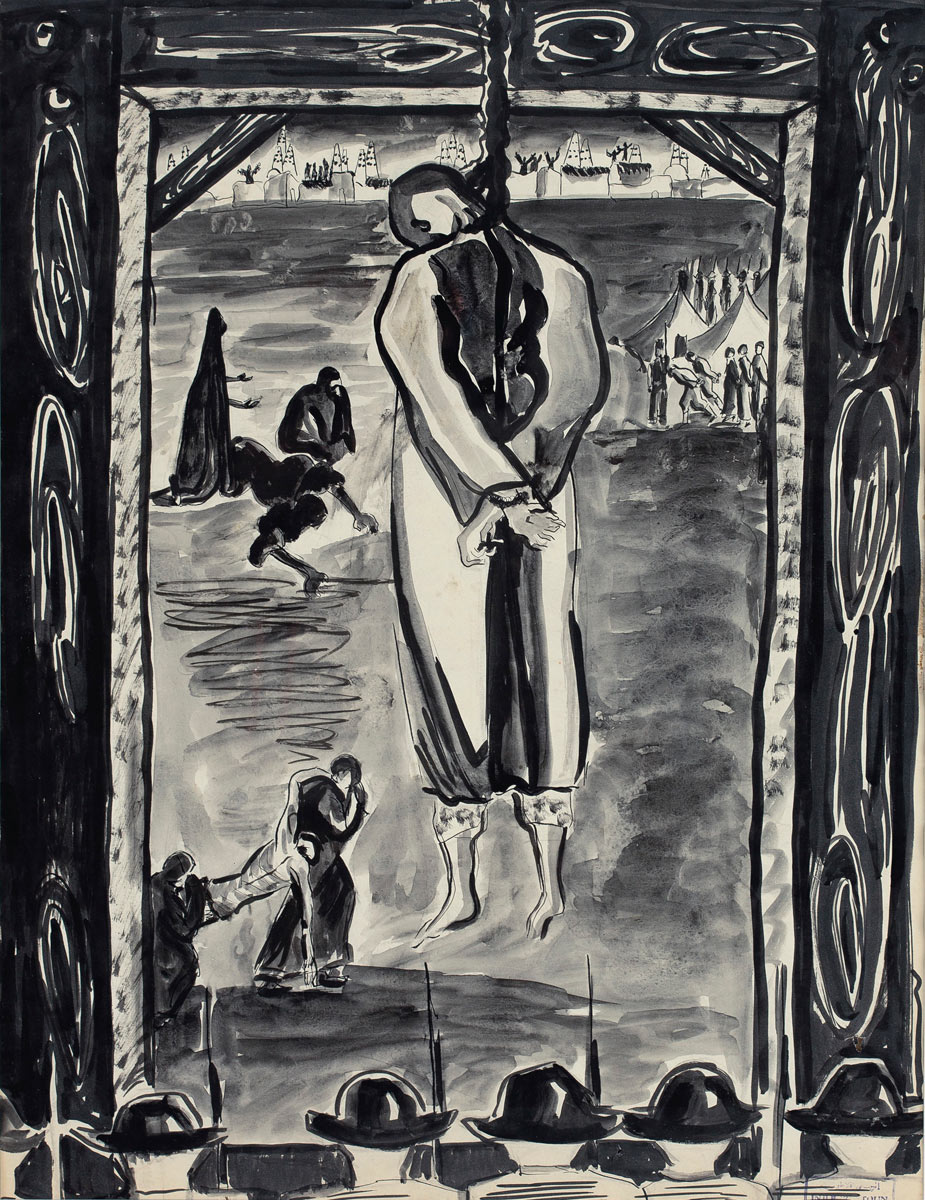
In 1945, Efflatoun co-founded League of University and Institute’s Young Women and represented the league during the same year at the first conference of the Women’s International Democratic Federation in Paris. In 1950, she became a member of the Youth Committee of the Egyptian Feminist Union, and in 1951 participated in the organization of the Women’s Committee for Popular Resistance with Egyptian feminist Saiza Nabrawi
Efflatoun also wrote two political pamphlets on gender oppression, ‘Eighty Million Women with Us’ in 1948 and ‘We Egyptian Women’ in 1949.
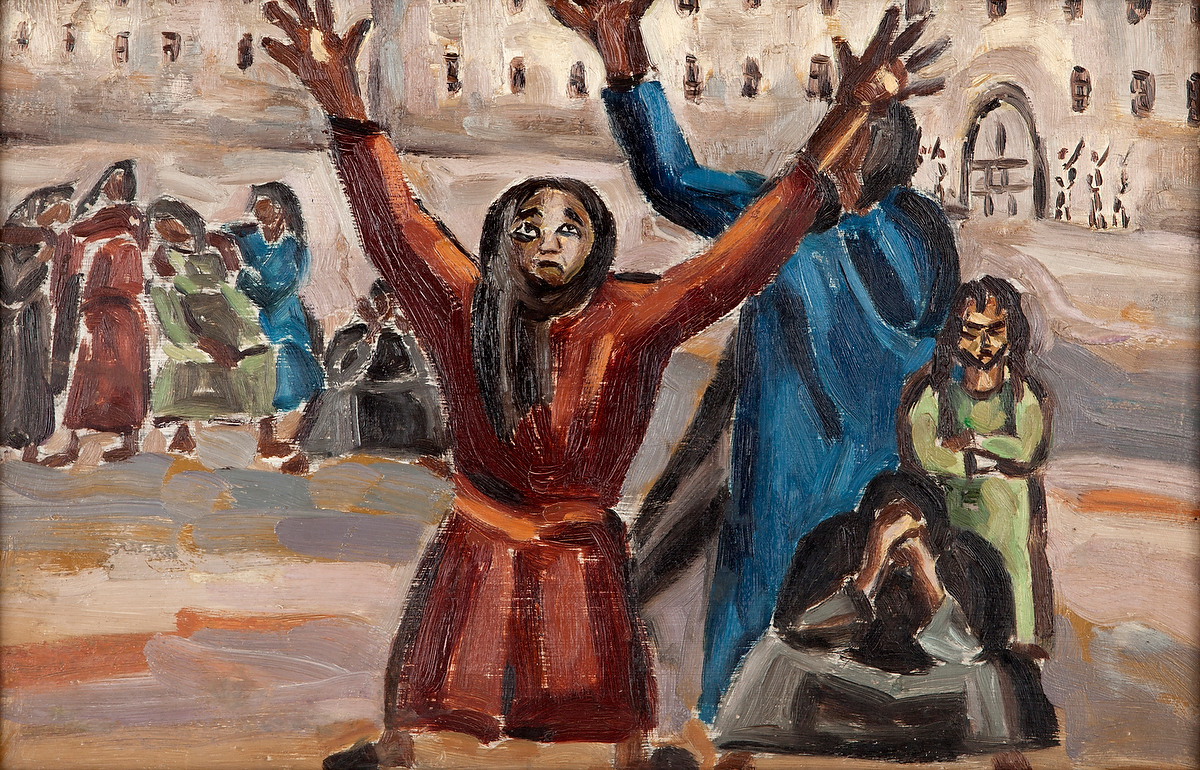
“Many talk about Injy Efflatoun as an artist first and foremost, but this is not true. Her political activism was the more important aspect,” said the artist Ezzedine Naguib, a friend of Efflatoun.
Efflatoun was imprisoned for four years during the era of Egypt’s president Gamal Abdel Nasser due to her involvement in the communist movement in Egypt. It was while she was in prison, however, that Efflatoun painted what is widely considered her best work.
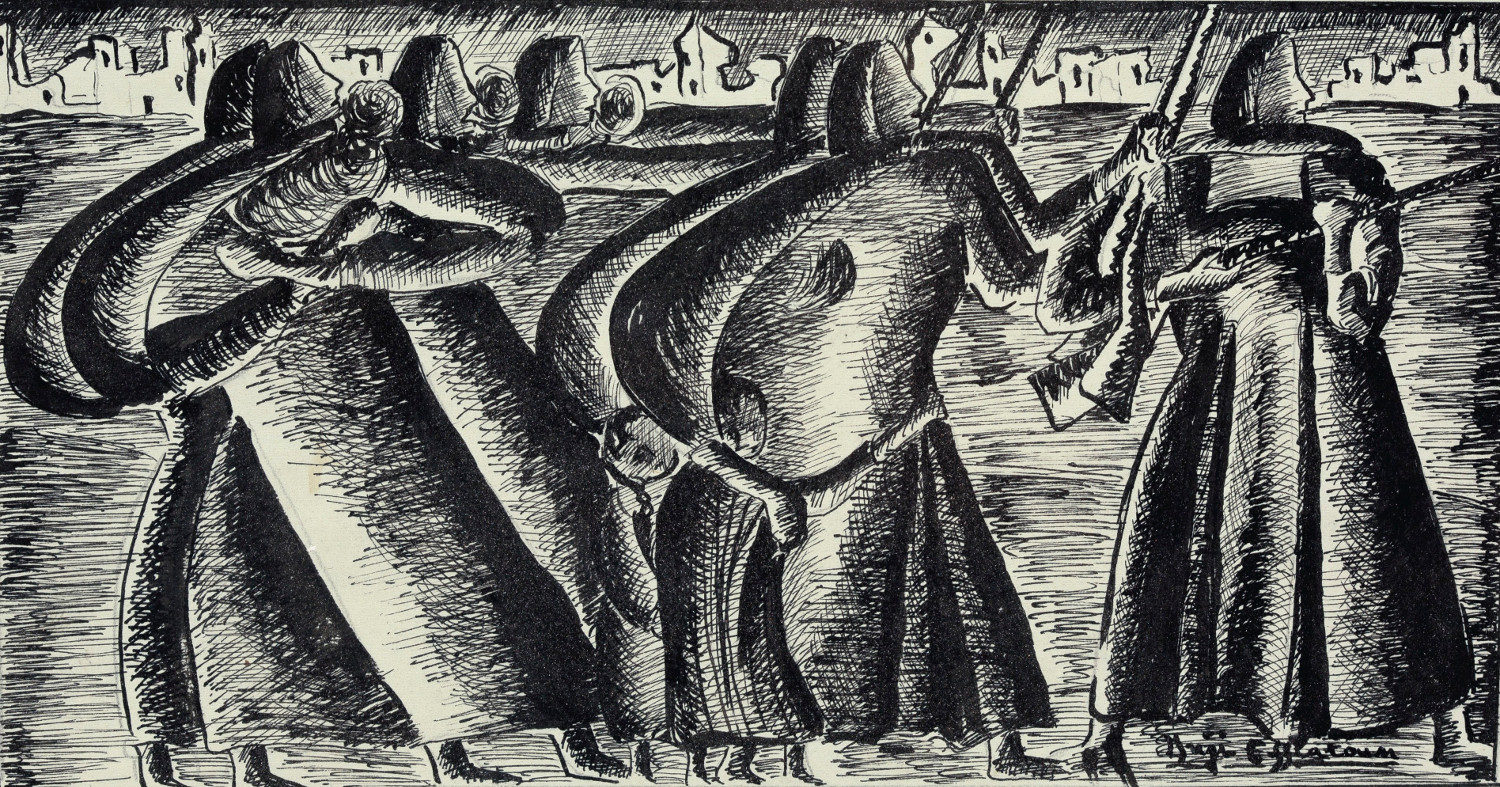
“Efflatoun’s paintings during her imprisonment, from 1959 to 1963, are among her most powerful bodies of work, window into a world that had been hidden from sight,” highlighted Sultan Sooud Al Qassemi, an instructor at the Islamic Civilization and Societies Program at Boston College.
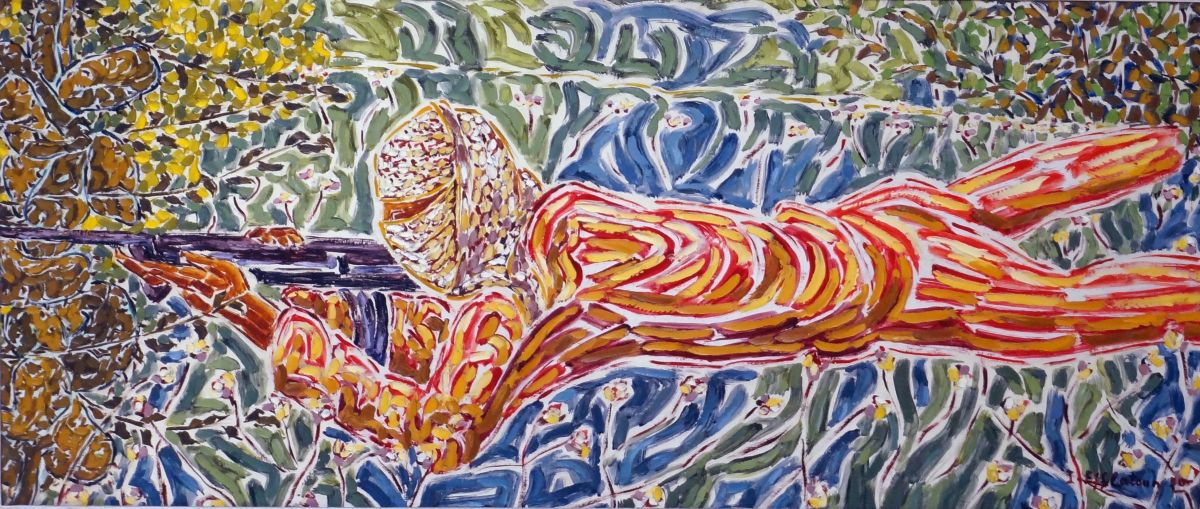

During her incarceration, Efflatoun portrayed life behind bars, but towards the end of her sentence, she started painting subjects that symbolized freedom such as trees and sailboats. After her release in 1963, she began to paint with more vibrant colors and her style became lighter and more joyful.
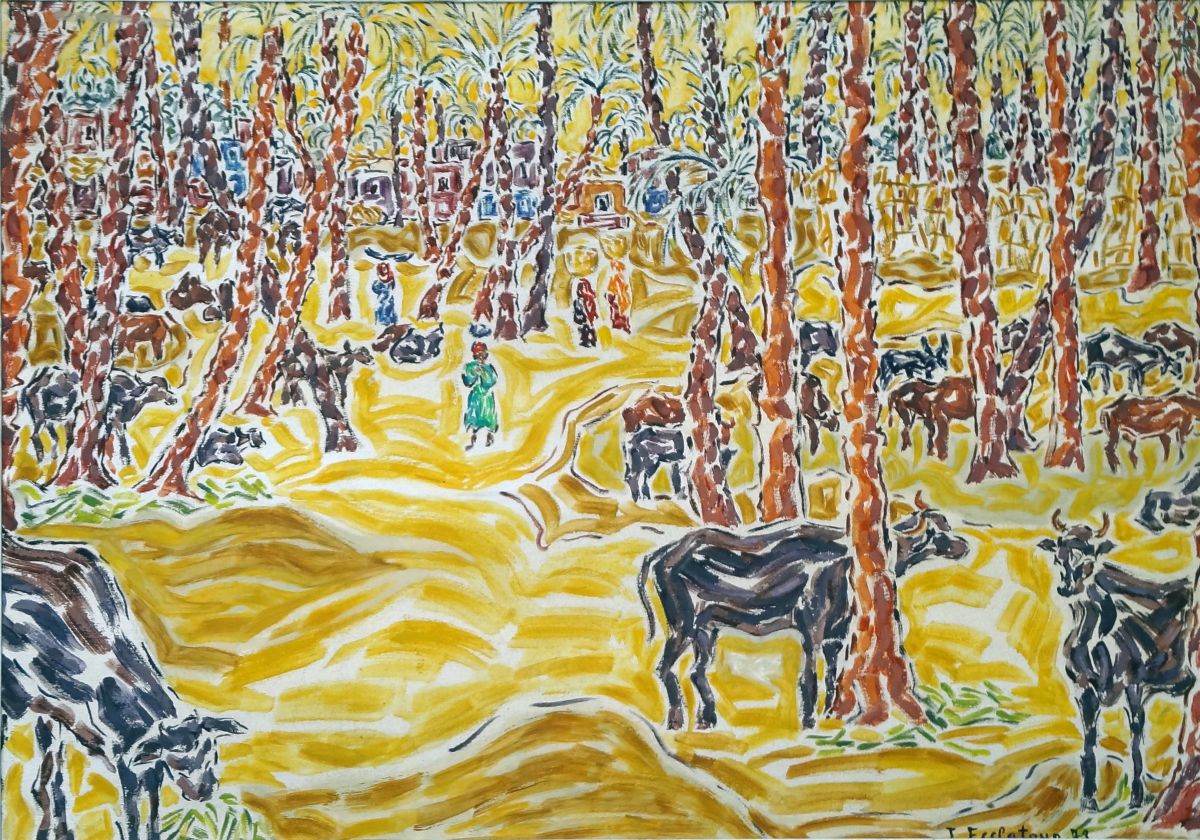
Efflatoun passed away on 17 April in 1989, but she remains as a true solidifier of the female movement in Egypt, an icon of bravery and perseverance. Her work was daringly disticint, and is recognized until this day in various regional museums as well as exhibited and studied across West Asia, North Africa, Europe, and the United States.
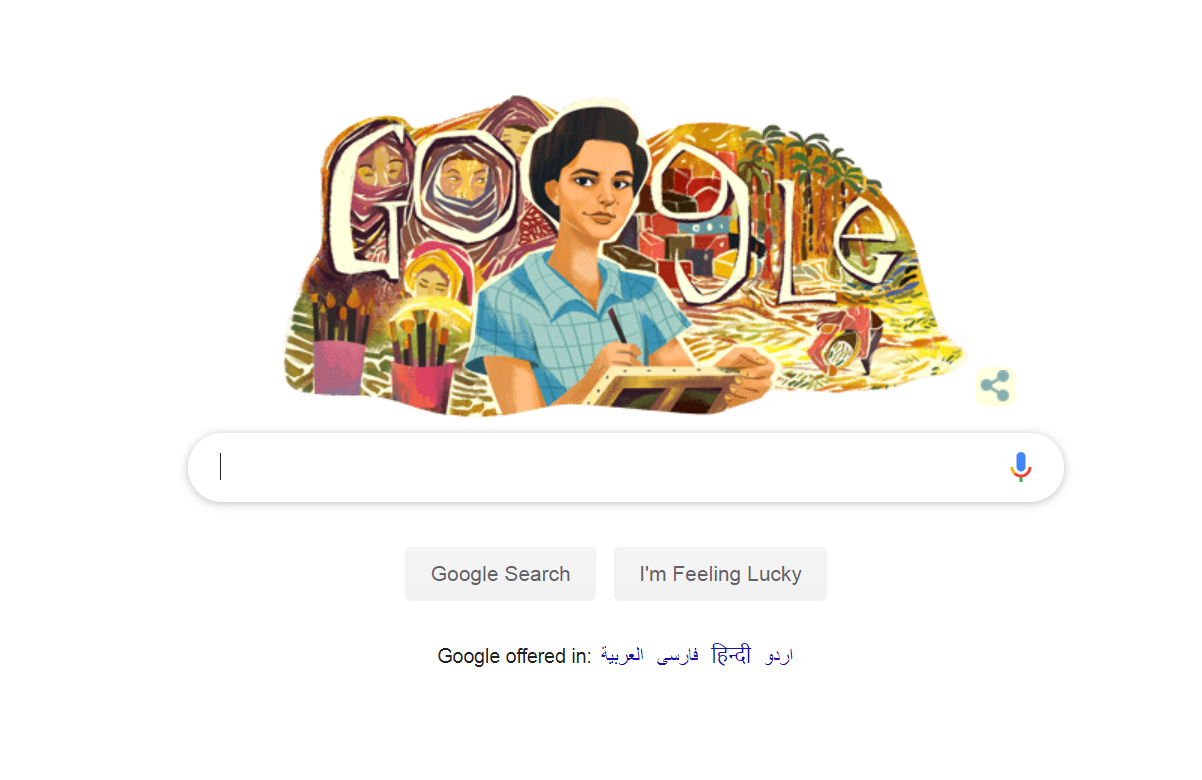
“Through her activism, her manifesto, her paintings and her writings, Injy Efflatoun represented the poor, the forgotten and the downtrodden. Even decades later it is rare to come by an artist who has depicted topics as varied as female prisoners, Palestinian freedom fighters and working class laborers with such depth and humanity,” shared Sultan Al Qassemi.
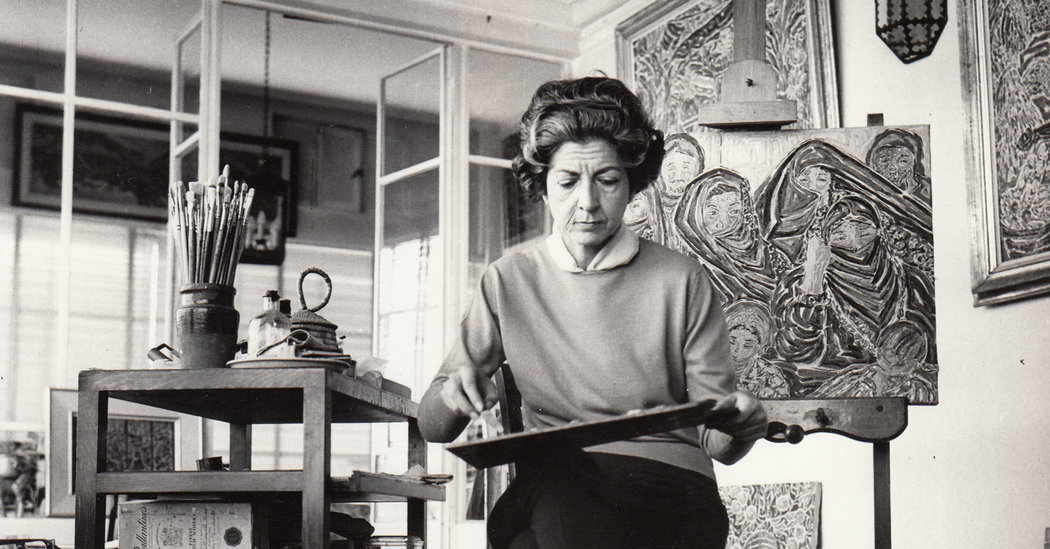



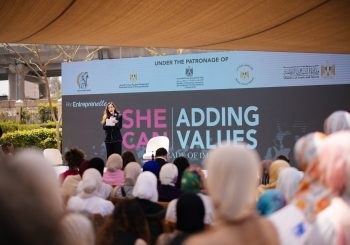
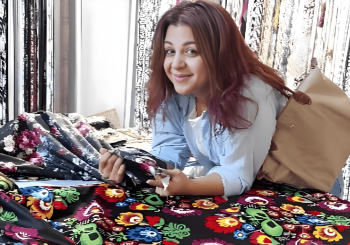
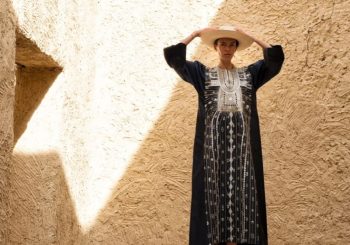
Comment (1)
[…] A Rebel Painter with a Cause: Injy Efflatoun […]